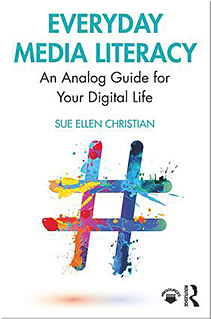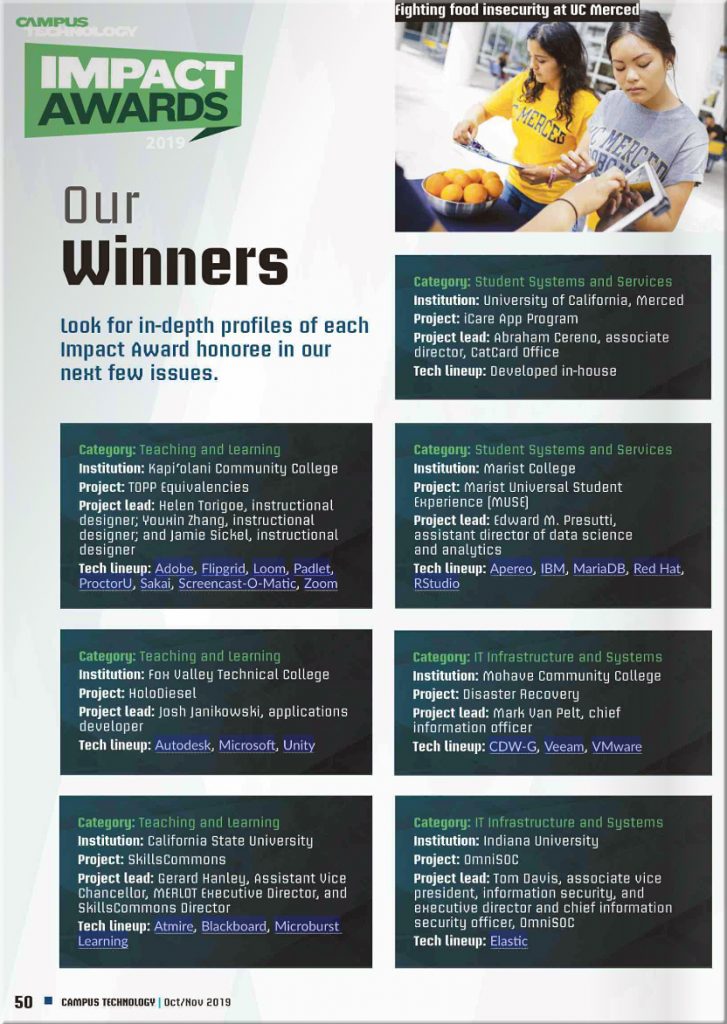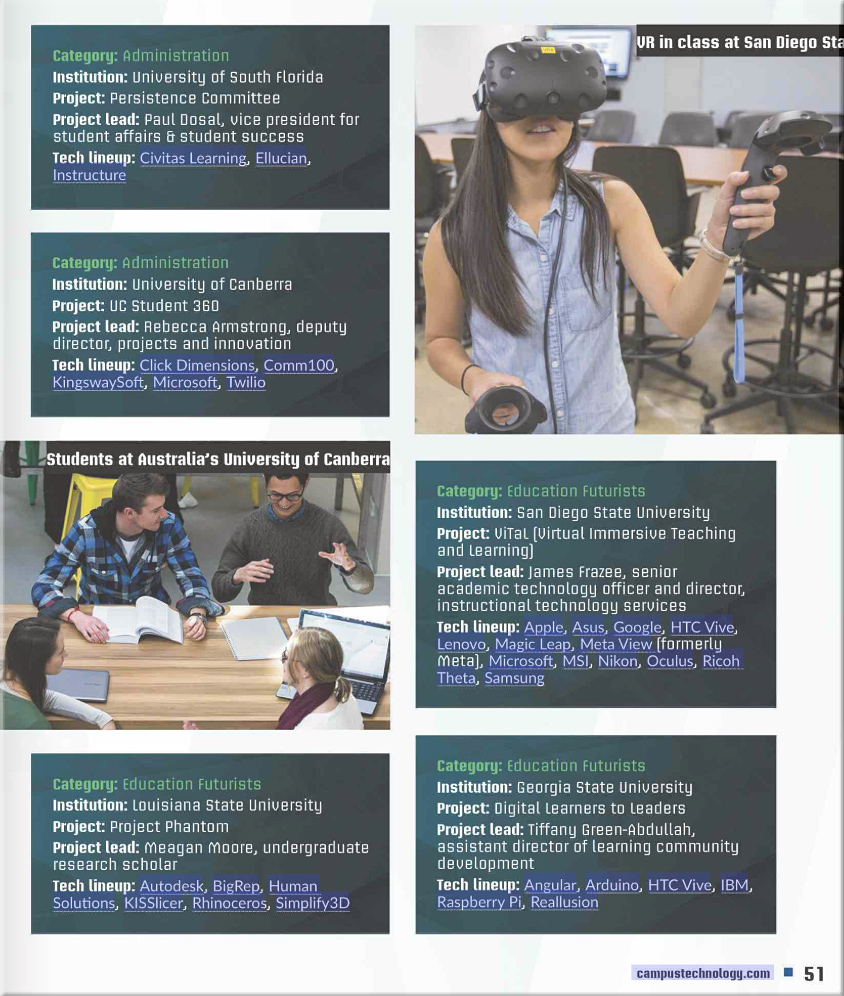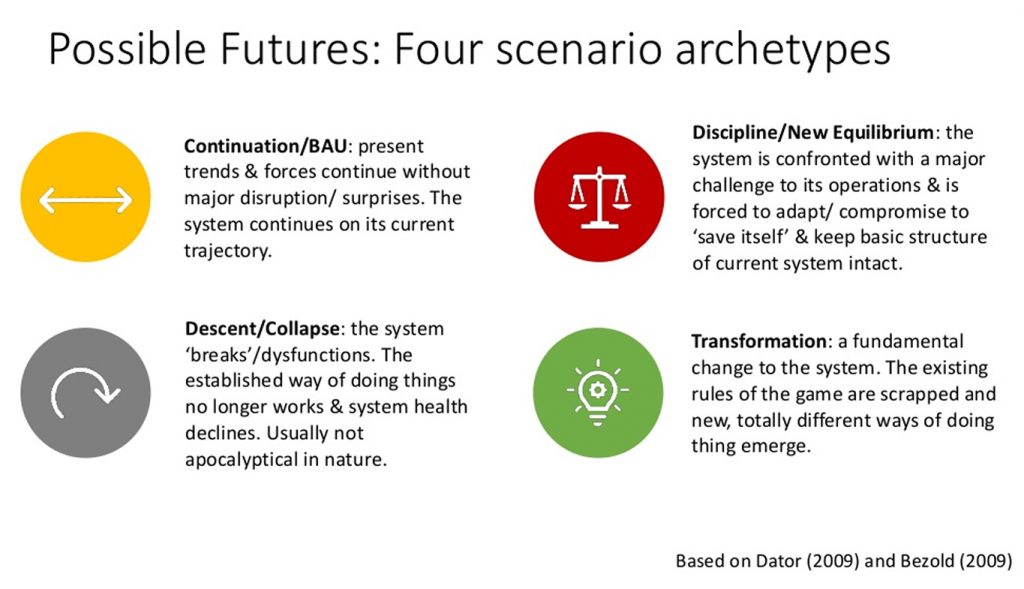Everyday Media Literacy — from routledge.com by Sue Ellen Christian
An Analog Guide for Your Digital Life, 1st Edition

Description:
In this graphic guide to media literacy, award-winning educator Sue Ellen Christian offers students an accessible, informed and lively look at how they can consume and create media intentionally and critically.
The straight-talking textbook offers timely examples and relevant activities to equip students with the skills and knowledge they need to assess all media, including news and information. Through discussion prompts, writing exercises, key terms, online links and even origami, readers are provided with a framework from which to critically consume and create media in their everyday lives. Chapters examine news literacy, online activism, digital inequality, privacy, social media and identity, global media corporations and beyond, giving readers a nuanced understanding of the key concepts and concerns at the core of media literacy.
Concise, creative and curated, this book highlights the cultural, political and economic dynamics of media in our contemporary society, and how consumers can mindfully navigate their daily media use. Everyday Media Literacy is perfect for students (and educators) of media literacy, journalism, education and media effects looking to build their understanding in an engaging way.















